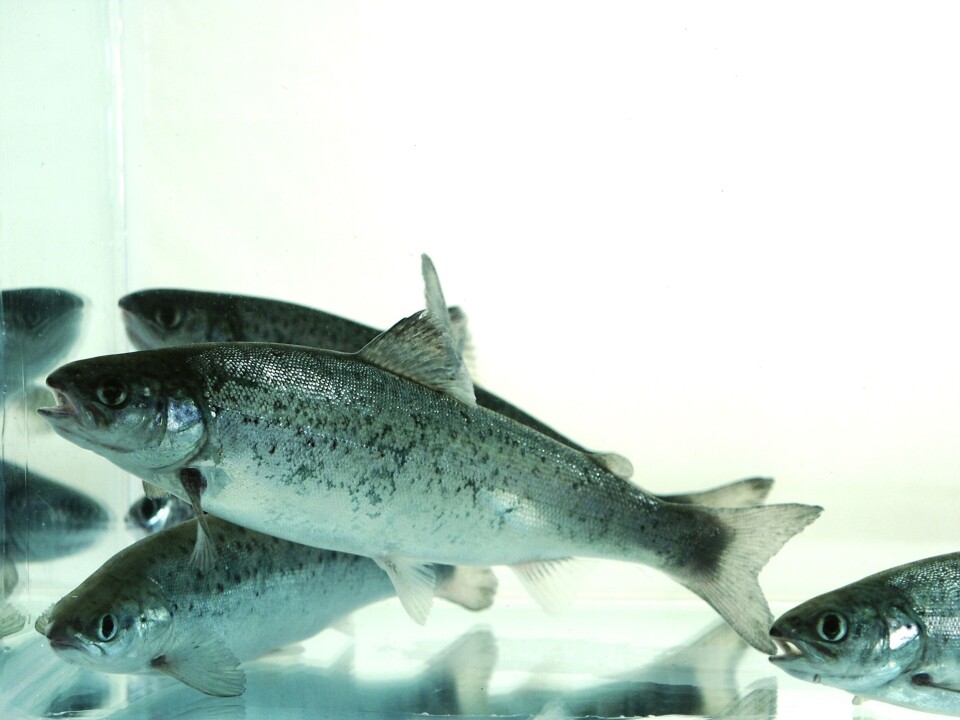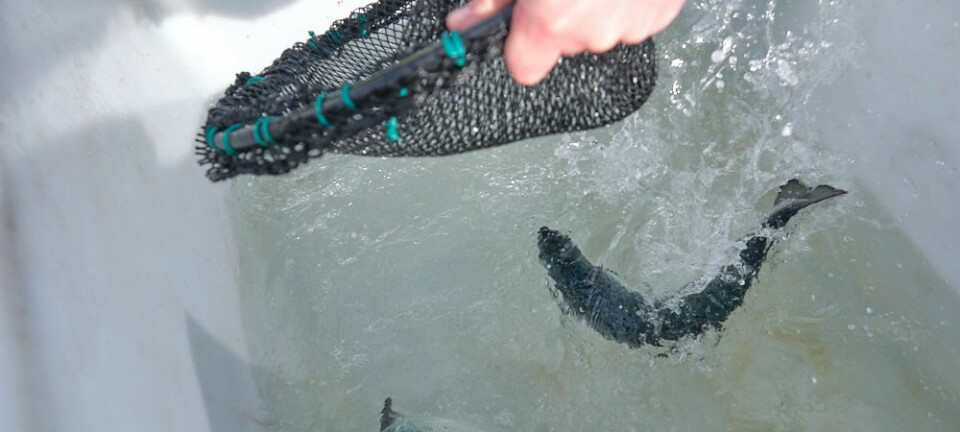
Stocking levels down 13%
Stocking levels of all Chile's three salmonid species fell by an average of 13.1 per cent in 2015 compared to the previous year.
Smolt stocking
At the end of the fourth quarter 2015, there was an average decrease of 13.1 per cent in the stocking of the three species in relation to the previous year, reaching a total amount of 215.3 million smolts transferred to the sea. Per species, the numbers show reductions of 7.4 per cent in Atlantic salmon, 30 per cent in rainbow trout and 12.7 per cent in coho salmon.
Specifically during December, there was a reduction in the number of smolts transferred to sea sites of about 37 per cent, equivalent to 8.5 million fewer smolts compared to the same month in 2014.
According to a report submitted by the benchmarking programme of Aquabench, rainbow trout stocking decreased by 30 per cent in 2015, which means 32.5 million fewer smolts were transferred in relation to 2014. Likewise, coho completed an accumulated smolt transfer of 0.3 million in December 2015 (beginning of the season 2016) - a reduction of 1.9 million smolts compared to December 2014.
Mortality
The average accumulated mortality decreased for the three species in the group of fish harvested at the end of the fourth quarter of 2015. The breakdown shows that the mortality of Atlantic salmon decreased 12 per cent, falling to a total mortality of 13.3 per cent, which corresponds to 6.6 per cent of dead biomass.
The total mortality of rainbow trout increased 3 per cent, reaching an accumulated 17.1 per cent in 2015. The calculation of dead biomass was 11.3 per cent. In the case of coho salmon, there was a reduction of mortality of 3 per cent, reaching an accumulated percentage of 7.8 per cent, which corresponds to 2.6 per cent of its biomass.
Biomass and the number of fish
The analysis shows stabilization of living biomass during the growout stage, with a slight reduction mainly influenced by the evolution of trout. Atlantic salmon, which represents 74 per cent of the total biomass, shows an increase of 2 per cent at the end of Q4 2015.
Meanwhile, the number of living fish for the three species totals 211.9 million - 13 per cent lower than during the previous year. This negative variation is largely explained by trout, with 27 per cent fewer living fish in relation to the previous year.
Harvest
The total biomass harvested by the whole industry for the three species in 2015 reached 842,000 tonnes (WFE*), down 3 per cent compared to 2014. Making an analysis per species, the accumulated harvested volumes (WFE) in 2015 reached 591,000 tonnes for Atlantic salmon, 96,000 tonnes for trout and 155,000 tonnes for coho salmon - a reduction of 30,000 tonnes for trout and 1,700 tonnes for coho salmon, and an increase of 30,000 tonnes for Atlantic salmon.
The harvest weights in 2015 averaged 4.6 kg in the case of Atlantic salmon, 2.3 kg for rainbow trout and 3.1 kg for coho salmon.
Productivity
The productivity of Atlantic salmon in 2015 reached 4.23 kilos harvested per smolt transferred to the sea, which is 5 per cent higher than in 2014. For rainbow trout a 2 per cent improvement in productivity was observed, reaching 2.08 kg harvested/smolt, while in coho salmon a 3 per cent decrease was reported, falling to 2.68 kg harvested/smolt.























































